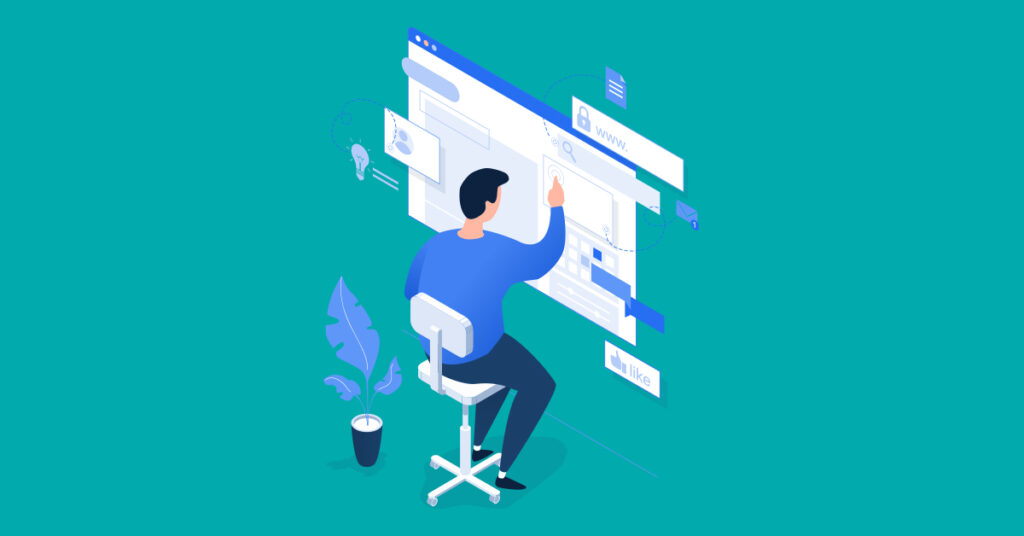| “Your Website is the Most Important Component of your Digital Footprint” |
The ultimate goal of most digital marketing initiatives is to bring more and more people to the website. Once on the website, they need to be encouraged to take action that could be monetized.
While larger brands have professional teams just to monitor and improve their websites, the same is not true for most others. It is, at best, a small team handling the entire operation.
And finding time to monitor user behavior on the website amidst an already stretched schedule is challenging for many. The most that marketers could do in such cases is to rely on their abilities and basic knowledge to try and find meaning in how people are using their website.
But tracking and understanding user behavior could hold the key to how the website could be improved further for providing an enhanced experience to the visitors and generate more revenue.
So, what are the different types of user behaviors that marketers should track on a website? Here is a list of top 4-
1. User Experience
Many marketing experts believe that user experience impacts all the different types of user behaviors on a website. But tracking and measuring the same often requires positive collaboration between the website designers, marketers, and developers.
Once this collaboration is achieved, it is worth tracking behaviors like-
- Scroll depth
- Site speed
- In-page clicks
- Mouse movements
- Navigation patterns
The data can be used for making effective decisions with regards to retaining visitors, content personalization, and improving website navigation.
2. Content Performance
Online marketing is all about content. The success of any digital marketing strategy abundantly depends on the quality of your content. Needless to say, you’d definitely want to know how your website visitors are engaging with the content.
The behaviors that can be tracked include-
- Engagement
- Social media engagement
- Sharing
- Popularity
- Bounce rate and exits
The data will help you understand the type of content that works with your visitors. In the future, you can use the findings for your refining your content strategies.
3. Engagement
Every individual visiting your website will not convert. Moreover, an individual might visit your website multiple times before finally converting. Your job is to provide all the assistance and encouragement to the visitor for higher conversions.
The engagement related behaviors that you can monitor are-
- Chatbots/AI
- Live chat
- Other modes of customer support
The queries or the data that you will collect from your AI and chat tools will help you understand common user queries, the point at which most visitors bounce, and even problems with regards to the user experience or conversion process.
All of this can be used to fix the inconvenience and resolve common visitor queries, eliminating the need for your visitors to contact you for a solution.
4. Conversion Rate
In the end, it is all about conversions. No matter what your conversion goal is, you need to consistently work on the conversion rate (conversions/website traffic) to achieve your business goals.
With regards to conversion, the path that leads a visitor to the final step of conversion is critical. The steps in this path should be regularly measured for their ease and effectiveness.
You can consider tracking-
- Checkout process
- Funnel
- Form testing
- Variable testing
The data can be used to fine-tune the steps leading to conversion, helping you improve the conversion rate.
User Behaviors and Its Impact on Your Website
Irrespective of what strategy you are currently using for bringing traffic to your website, user data will continue to hold its dominance. It is by thoroughly understanding how visitors use your website that you could improve it further to generate more traffic and probably a better conversion rate.
Even if you lack a specialized team to track and improve your website, there are now many different tools that can be used for tracking user behaviors. Look for such tools to effectively collect user data and use the same to gain valuable insights.




